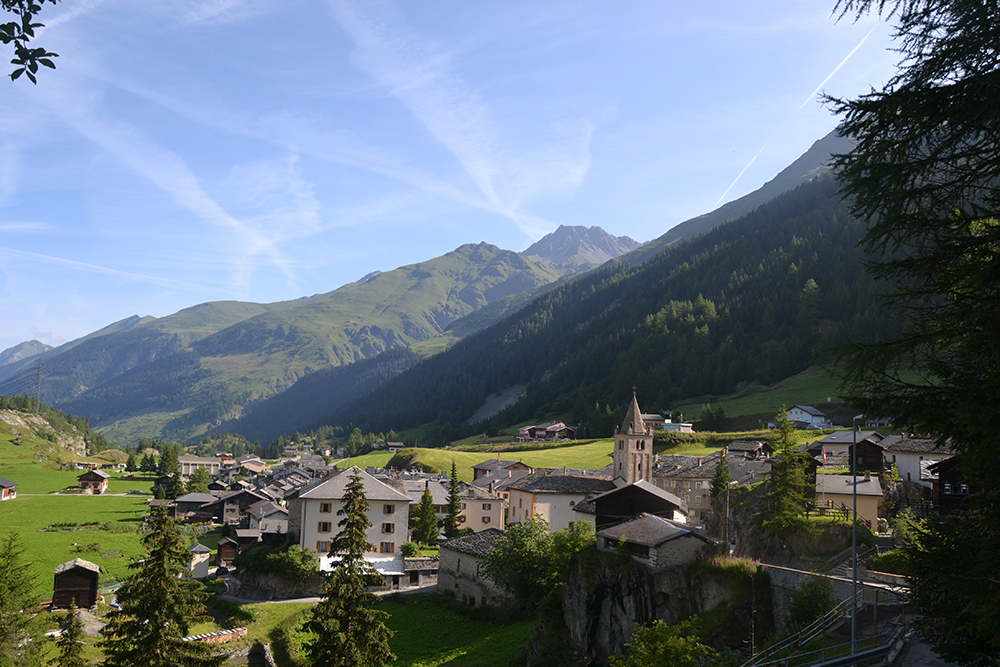From Saint-Rhémy, cross the main road in the village, bordered by several, recently restored historic buildings. Upon leaving the village, a small section goes along the road to the Great Saint Bernard Col; it then reaches the Roman road that connects Aosta to Martigny to the right. Follow it as far as the former hospital building of the Cantine de Fonteinte. Here, the path crosses the road twice and then continues along the pastures. The large amphitheatre in front of us at the base of the Col is framed by the Pointe de Drône to the N, while the sharp outline of the Pain de Sucre is to the W. You will reach the Great St. Bernard Pass quickly by crossing the road again. A point of passage known for more than 2000 years, renowned for its Hospice, founded in 1050, and clearly for its dogs, the Great Saint Bernard Col belongs to the collective memory of humanity. Its church, treasure and museum are certainly worth visiting.
Departing from the Col, the path plunges into the Combe des Morts and then moves to l’Hospitalet. After the de la Pierre pasture – whose vaulted barn dates back to 1707 – modern age shows its mark with the start of the road tunnel and the Toules dam; go along it following its left bank. Bourg-Saint-Pierre, the final destination of this stage and of the Tour des Combins, is now close-by. From St-Rhémy to Bourg Saint Pierre, the Tour des Combins follows the route of the path linking Martigny to Aosta, a section of the Via Francigena, connecting Canterbury to Rome.








